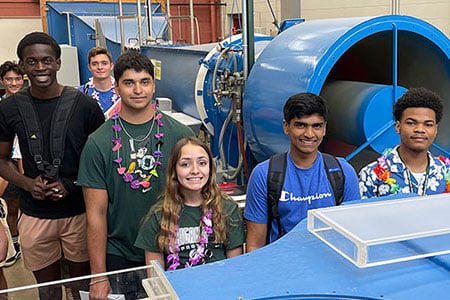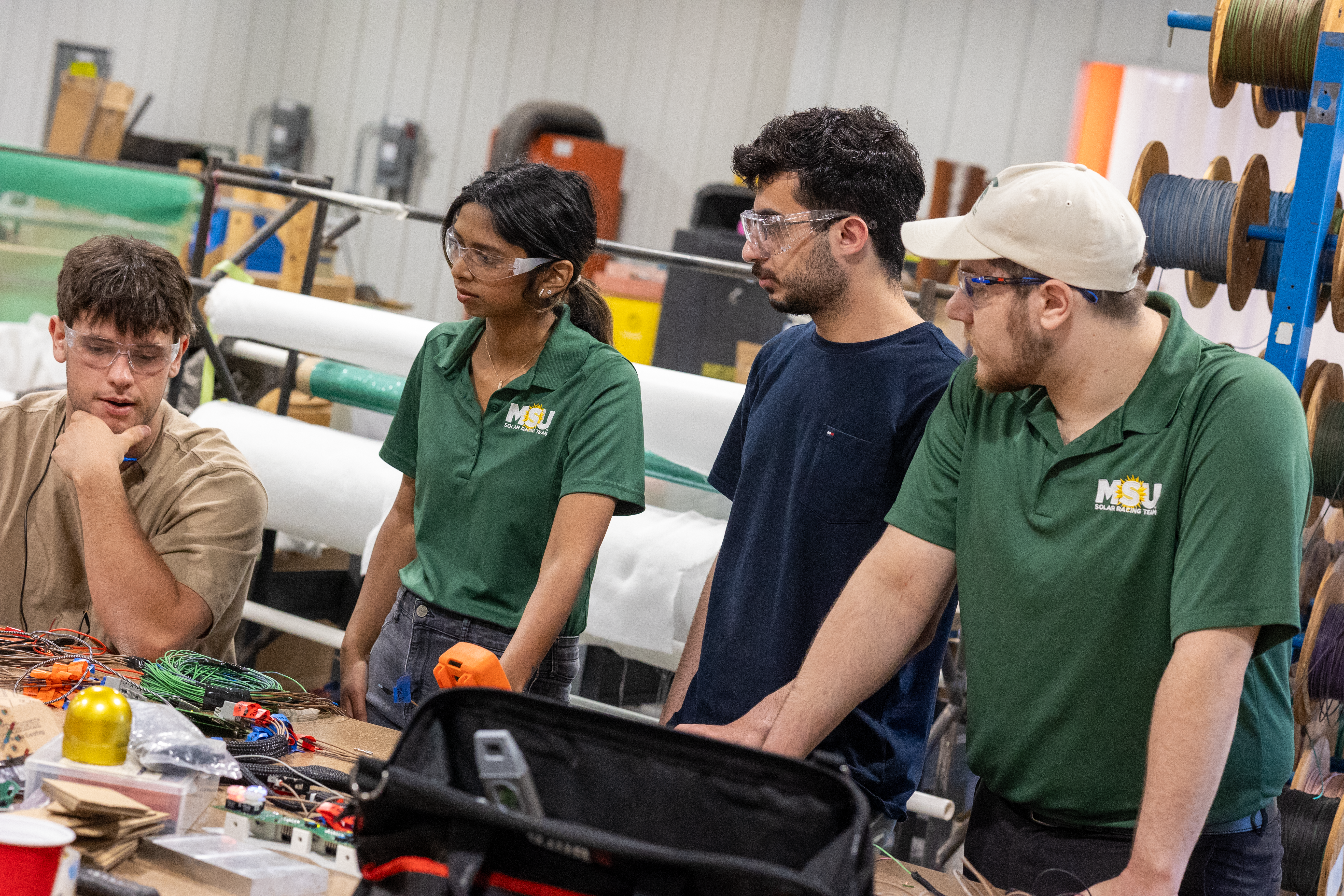As widespread reports detail the shortage of critical medical supplies in the fight against COVID-19, Michigan State University continues to contribute to the worldwide efforts in battling this pandemic. MSU mechanical engineers are sharing their prototype for a pressure control ventilator using parts commonly available, even in the developing world.

Ricardo Mejia-Alvarez, assistant professor of mechanical engineering, and his team created an experimental mechanical ventilator using parts costing around $200 in the US. He said their low-cost prototype - which is the first of its kind at a low price point - can be developed with high volume, in-stock materials and manufactured without advanced engineering training. The team has also prepared a DIY instructional manual that details how to assemble the prototype.
Their prototype - which is designed to allow for precise controls when applying lung protective strategies in patients - could be a cost-effective solution that Mejia-Alvarez hopes will alleviate some of the developing world's concern surrounding deficiencies in personal protective equipment and supplies.
"There is an urgent need to expand the number of patients we can ventilate mechanically," Mejia-Alvarez said. "There is already a plan for 3D printing Y-valves to allow more than one patient to be connected to a single ventilator. Such devices, however, don't allow ventilation and lung protective strategies in two or more patients of different lung compliances and lung volumes."
Without controls to ensure proper respiratory volumes and driving-expiratory pressures in each patient, there's a heightened risk of a ventilator-induced lung injury - which could lead to detrimental outcomes, Mejia-Alvarez explained.

"We are currently running simulation tests on artificial lungs to understand the real limits and capabilities of our ventilator and to ensure that its operation is simple. Once this stage is concluded, we believe that the ventilator will allow the precise control of lung protective strategies needed for patients. Given its simplicity and low cost, and if the circumstances were to require it, anybody could in principle put together his/her own ventilator." This ventilator prototype has not been tested on human subjects, nor does it have FDA approval for use in the U.S.
If supplies are available on site, Mejia-Alvarez estimates construction time would be less than a day. The control system is very basic, based on an Arduino microcontroller, that is cheap, reliable, and widely available in the market. The controller has the function of opening and closing the valves that control the flow of air following an appropriate breathing cycle. The ventilator itself is built mostly with PVC pipes and vinyl hoses, which can be procured at most hardware store. The pressurized gas source could be directly off any available medical grade compressed air or oxygen cylinder.
Mejia-Alvarez noted that his team - which includes technician Paul Sandherr, and doctoral students Joseph Kerwin and Suhas Vidhate - is not aiming to patent the design.
"We want it for free for development and distribution in the developing world," he said. "There is a call in the U.S. Army for this kind of technology," Mejia-Alvarez said. "The level of readiness for mass production is a key component for the Army. While we are not applying for that call because it is tailored toward manufacturing companies with 500+ employees, it has helped us to think how to develop a ventilator that could be a game changer in developing countries", Mejia-Alvarez explained.
"It's critical for there to be worldwide access to lifesaving equipment in the fight against COVID-19, but developing countries are extremely disadvantaged in this situation," Mejia-Alvarez said. "That's where my eyes are actually fixed right now - I have access to an extensive database of African engineers, they are the ones who could help deploying this simple, yet effective technology in their own countries."
Mejia-Alvarez added that technical support for this project was provided by U.S. Air Force Major Dr. Adam Willis from the San Antonio Military Medical Center in Texas.
See instruction manual and other information.






